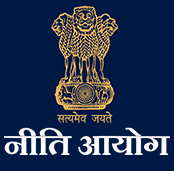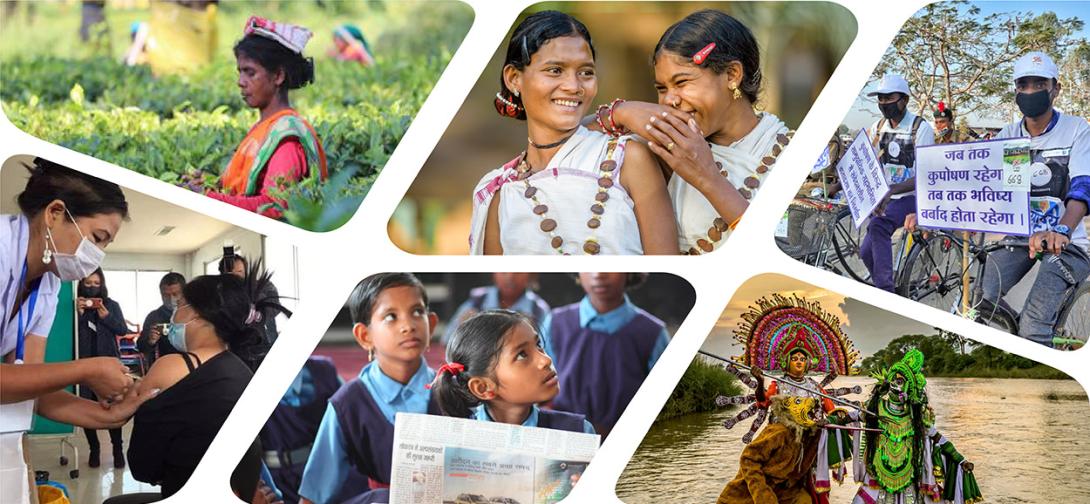A Rocky Start to a Smooth Ride
A six-hour drive from Siliguri, through bumpy roads in the hills, lies West Sikkim. Since I have always lived in the plains, when in such places, I always wonder how people stay in such remote locations with such poor road connectivity? In fact, the long drive made it clear to me as to why West Sikkim was selected as an aspirational district. However, my perception changed once I visited some of the public institutions of the district.
Education holds an overall weightage of 30% amongst the indicators selected for mapping development in the aspirational districts. The key indicators in education are related to learning outcomes in mathematics and language, school infrastructure that includes drinking water and toilet facility, transition rate from primary to upper primary to secondary, and female literacy rate. Apart from the data reported by the district administration on the Champions of Change dashboard, we had two rounds of survey on learning outcomes conducted by IDinsight and TATA Trusts. The results of these surveys highlighted that the average learning outcomes of students from classes III, V and VIII is 37.33% and 36.8%, respectively. The principals as well as the teachers of the two schools I visited accepted that although they were aware of the poor learning outcomes, they were adopting a number of innovative teaching methodologies to enhance the performance of the students.
The teachers are being regularly trained on innovative methodologies and some NGOs like Rupantar are also involved in handholding them. I could also see the adoption of such techniques in one of the classes wherein a teacher was explaining the entire chapter to be taught in the next class by means of role play. In another unique intervention, one of the inaccessible schools saw an active participation of old, educated people who stayed nearby in teaching students.
The dropout rate as highlighted by the district education officer was almost negligible and in order to ensure that no adolescent girls dropped out, the education department was also channelizing funds to install sanitary-napkin vending machines. I observed that in all schools there were different toilets for boys and girls.
Just like the educational institutions, the health institutions—primary healthcare centres, community health and wellness centres, anganwadis and district hospitals—too were beautifully painted. CSR funds were channelized for internal and external branding, which included pictorial depictions of available/preventive healthcare check-ups, dosage of medicines and various centrally sponsored health schemes. It is interesting to note that the improved infrastructure of the district hospital is the result of an agitated youth march the previous year to draw the attention of the chief minister towards poor health infrastructure. Since the establishment of the district hospital in 2018, the maternal mortality rate has become 0 and the infant mortality rate has gone down to 16.5%.
However, for superlative performance in all the indicators, a sustained and concerted effort across all sectors is needed in the district. Keeping this in mind, the entire district administration led by the district collector are trying various models of convergence.
*Aishwarya Alexander is a Young Professional, NITI Aayog. Views expressed are personal.
 National Portal Of India
National Portal Of India 







